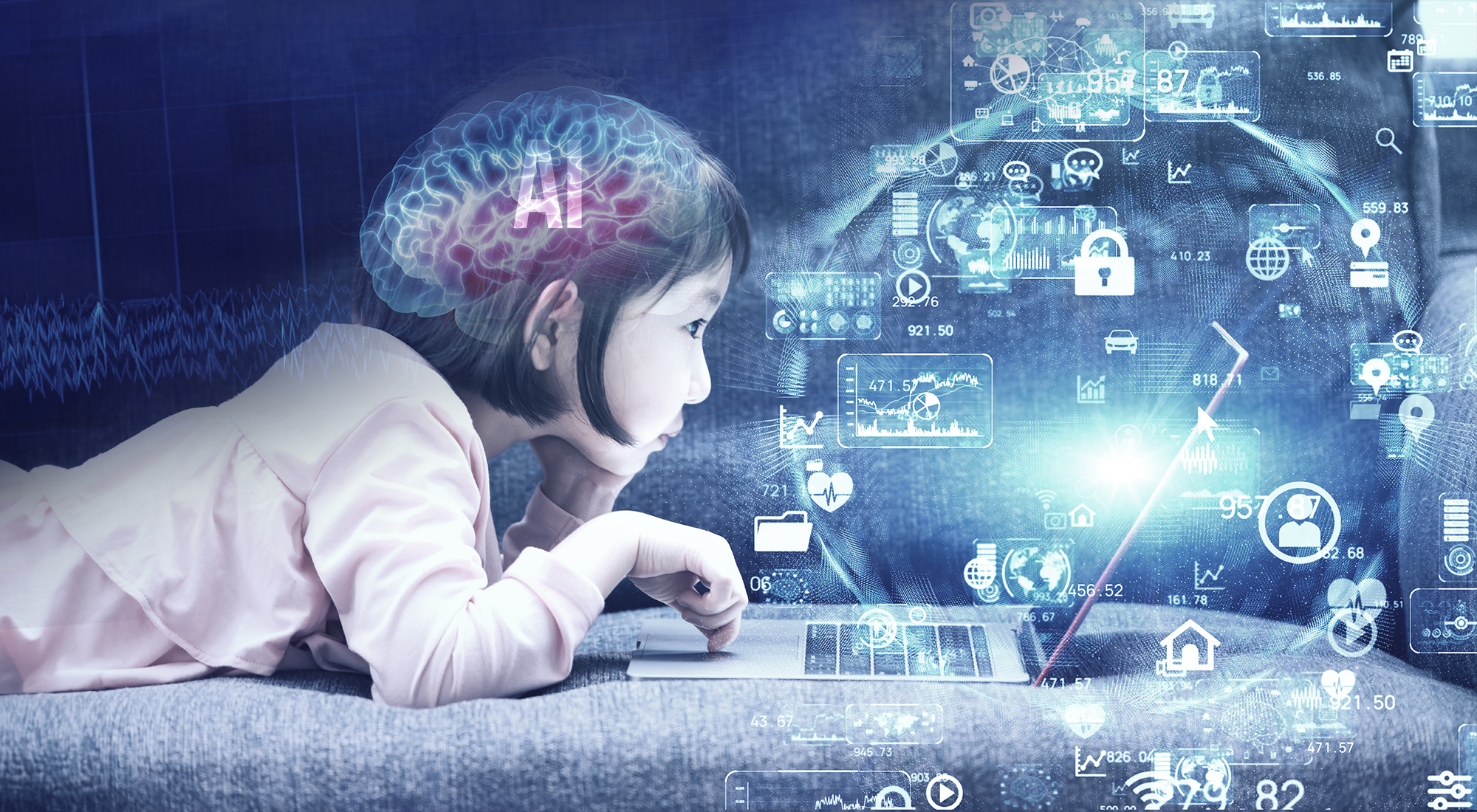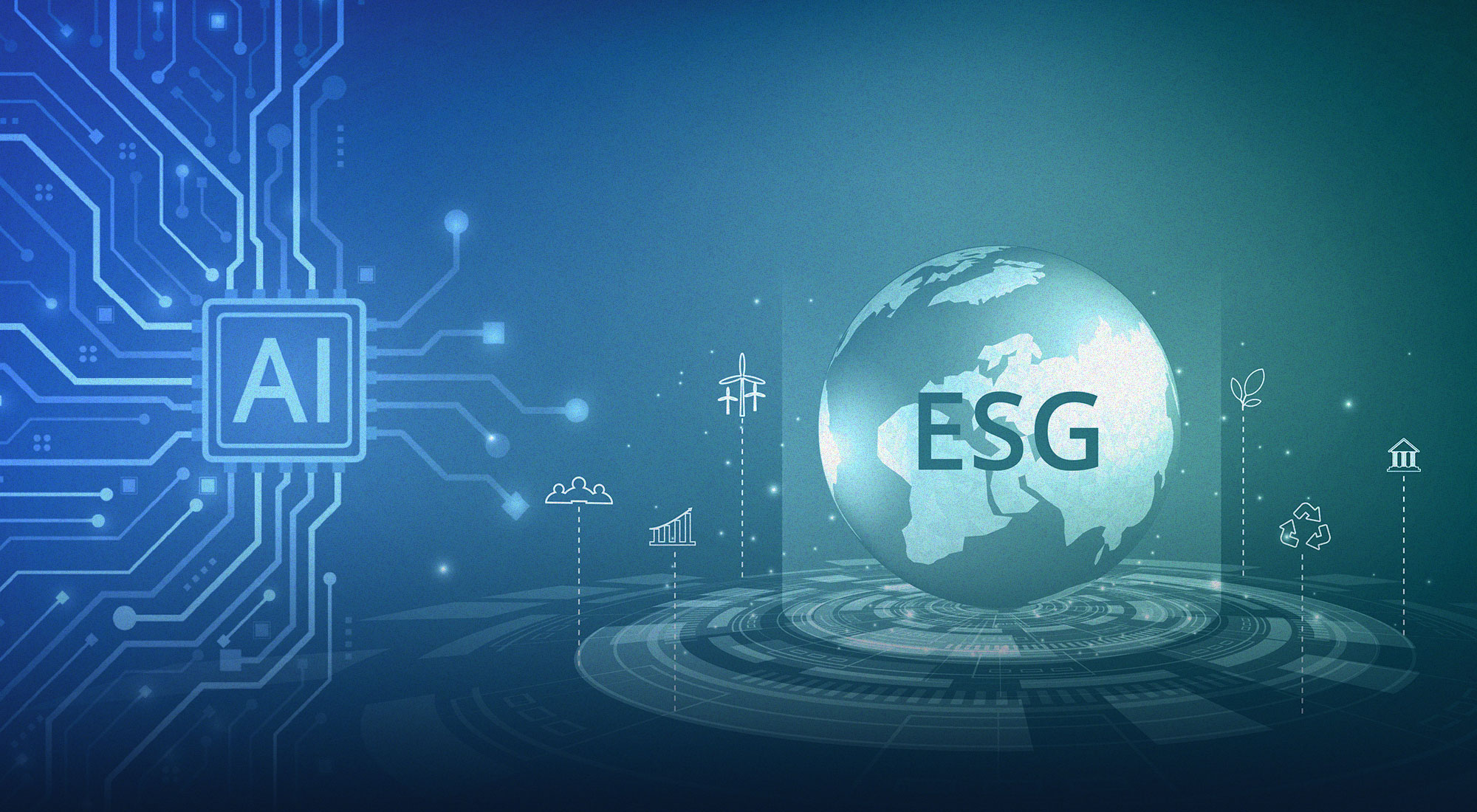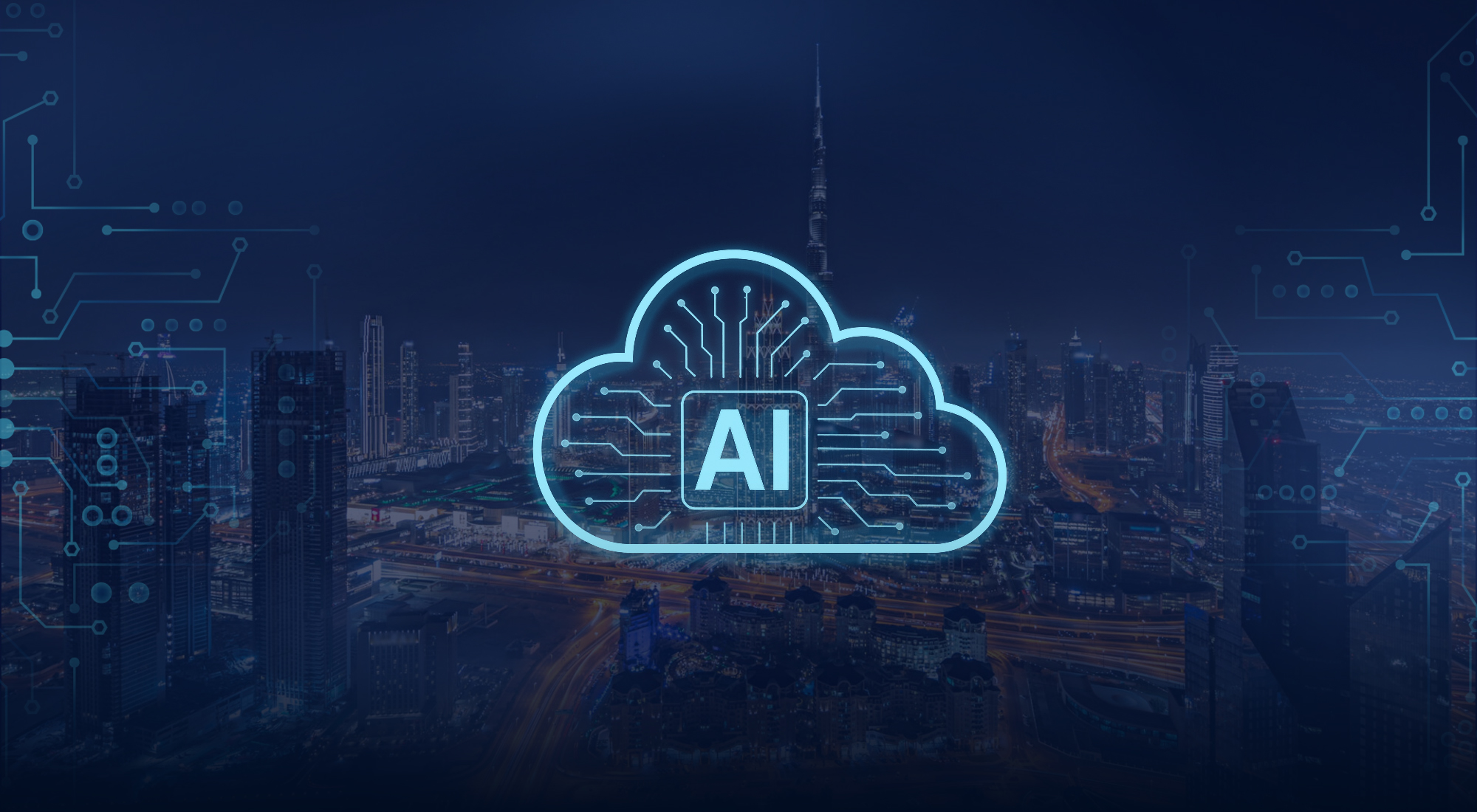In today’s rapidly evolving world, personalized education has become a necessity for catering to the unique learning needs of every student. To achieve this, the integration of Brain-Computer Interfaces (BCIs) with Artificial Intelligence (AI) has emerged as a promising solution. Neuro-Synchronized AI Learning Systems offer the potential to tailor education to individual cognitive patterns and support special needs and neurodivergent education. Additionally, they can also enhance critical thinking and problem-solving abilities, preparing students for AI-intensive careers. However, the development of these systems also raises concerns regarding ethical and privacy considerations in AI-interpreted neural data.
In observance of the International Day of Education, which falls on 24 January, this insight aims to evaluate the efficiency of Neuro-Synchronized AI Systems and explore the methodologies for assessing learning outcomes in AI-enhanced education. It will also examine the long-term impacts on student performance and the role of continuous feedback and AI adaptation in learning. Furthermore, it will discuss the ethical standards for neurotech in educational settings and the global policy and regulatory trends affecting Neuro-AI in education. By exploring these topics, we hope to shed light on the future of personalized education and the potential breakthroughs that Neuro-Synchronized AI Learning Systems can offer.
Brain Computer Interfaces (BCIs) in Personalized Learning
How do BCIs integrate with AI to tailor education?
Integrating Brain-Computer Interfaces (BCIs) with Artificial Intelligence (AI) in the educational sector opens a myriad of possibilities for creating personalized learning experiences. One illustration of such integration is AttentivU, a system specifically designed to leverage the capabilities of both BCI and AI to enhance the educational process.[1] By monitoring the neural and physiological signals of learners, AttentivU can discern varying levels of engagement and cognitive load in real-time. These insights then inform AI-driven adaptations that emulate the responsiveness of traditional adaptive BCI setups.[2] For instance, if the system detects signs of dwindling attention, it can dynamically adjust the presentation rate of educational content, slowing down a video lecture to allow the learner to process the information at a more comfortable pace.[3] Moreover, the AI component can suggest supplementary materials or exercises tailored to the student’s engagement level, effectively closing the feedback loop between learner and content.[4] The potential for such system enhancements is vast, and the researchers behind AttentivU are exploring further adaptations and feedback mechanisms to refine the system’s efficacy.[5] This could mean a future where educational content is not just passively consumed but actively shaped by the ongoing mental state of the learner, paving the way for a revolution in how education is delivered and experienced.
What impact do BCIs have on special needs and neurodivergent education?
Building upon the concept of adaptive interfaces, systems like “Let’s Learn” and “Focus” present a promising frontier in the use of BCIs for enhancing educational experiences for special needs and neurodivergent learners. “Focus” is particularly innovative, as it not only monitors the child’s engagement but also actively adjusts BCI training sessions to bolster their attention during reading tasks.[6] This real-time monitoring and adjustment could be instrumental in providing a tailored educational approach that responds to the fluctuating engagement levels of students, an aspect that is often challenging for educators to address without the aid of technology. Similarly, “Let’s Learn” incorporates an engaging blend of reading with visually stimulating content from YouTube, aiming to harness a child’s natural interests to deepen learning engagement.[7] Although “Let’s Learn” has not yet been formally studied, the premise of using EEG-augmented systems to support engagement in educational content is supported by the broader potential of BCIs noted in the literature.[8] These EEG-based engagement measures, when integrated into learning activities, could significantly enhance the educational experience for learners, who typically face greater challenges in traditional learning environments. Thus, while further research is necessary to validate and optimize these systems, the initial forays into BCI applications in education suggest a future where neurodivergent learners receive more personalized and effective educational support.
What are the potential scenarios and breakthroughs for BCIs in 2024?
Building on the potential of BCIs to enhance educational experiences, recent advances aim to tailor these interfaces to the specific needs and cognitive patterns of individual users. Personalization is key to the success of BCIs, particularly in educational settings where the cognitive load of learners must be carefully managed to foster successful learning outcomes.[9] The Personalized Adaptive Instruction Design is one such initiative that seeks to refine the user experience by requiring individuals to perform specific mental tasks tailored to their unique cognitive profiles.[10] This approach not only ensures that the BCI is attuned to the user’s mental state, but it also reduces the barrier to entry by minimizing the need for extensive user training. The shift toward personalized BCIs is underscored by the understanding that a one-size-fits-all model is insufficient for the diverse cognitive and affective landscapes of learners.[11] By focusing on the development of BCIs that can adapt to the individual learner, technology can be leveraged to provide a more inclusive educational environment, one that can accommodate learners with a broad spectrum of abilities and learning styles.[12]
Ethical and Privacy Considerations in Neuro-AI Education
How can data privacy and consent be navigated in AI-interpreted neural data?
In the realm of artificial intelligence (AI) and its application to interpreting neural data, patient consent and the safeguarding of data privacy are paramount. To address these concerns, a rigorous protocol has been established where individuals’ data will be anonymized and maintained in a highly secure database at Moleac, Singapore, with access strictly limited to authorized personnel.[13] To further enhance the confidentiality of the subjects involved, personal identifiers will be reduced to initials and distinct identification numbers, thereby decoupling direct personal information from the data set.[14] Moreover, the information management system in use adheres to stringent legal standards, such as the Health Information Privacy and Security Act, ensuring compliance with current data protection regulations.[15] This robust approach to privacy is further bolstered by the practice of only sharing anonymized, collective data summaries, which might be used for stakeholder briefings or scientific dissemination without compromising individual identities.[16] These measures are underpinned by a comprehensive process of informed consent, wherein participants receive a detailed explanation of the study’s objectives and the use of their data through a patient information sheet and consent form.[17] This procedure upholds the principle that subjects must be fully informed and willingly agree to the use of their neural data in AI-driven analysis.[18]
What ethical standards are needed for neurotech in educational settings?
The deployment of advanced neurotechnological tools like AttentivU within educational settings necessitates stringent ethical standards to safeguard the interests and privacy of participants. The integration of machine learning models, such as those used in AttentivU, amplifies the need for careful consideration of data privacy and the maintenance of participant anonymity. As these systems learn and adapt from user data, the ethical implications become particularly pronounced, requiring educational institutions to establish clear protocols that align with both technological needs and ethical obligations.[19] The Regional Ethics Committee’s involvement underscores the significance of these considerations, as it ensures that ethical guidelines are not only met but are integral to the research and application process.[20] Furthermore, the development and use of Neuro-AI technologies, which AttentivU is based on, must also address ethical concerns surrounding the potential for misuse of sensitive data, ensuring that educational tools enhance learning without compromising the security and integrity of the individuals they are designed to assist.[21] This delicate balance between technological advancement and ethical responsibility is paramount in the application of neurotech in educational environments, where the impact on students’ cognitive and emotional well-being is of utmost importance.
What are the global policy and regulatory trends affecting Neuro-AI in education?
As the integration of Neuro-AI technologies like “Focus” and “Let’s Learn” into educational environments advances, global policy and regulatory trends must adapt to address the unique ethical implications these systems introduce. Paramount among these is the need for stringent data privacy measures, as these systems rely heavily on the collection and analysis of sensitive neurophysiological data to function effectively.[22] Ethical considerations also extend to the way these technologies are implemented, ensuring that they do not inadvertently exacerbate educational inequalities or bias. This requires a framework that not only protects privacy but also promotes ethical use, encompassing both the technological aspects and the context of its application in a classroom setting.[23] Furthermore, as machine learning models, such as those employed by “Focus”, become more sophisticated, there is an increasing necessity for transparency in how these systems make decisions and adapt to individual learners’ needs. Regulatory bodies are thus compelled to develop guidelines that mandate the explicability of these algorithms, fostering an environment of trust and accountability between the technology providers, educators, and students.[24] As education systems worldwide begin to harness the potential of Neuro-AI, it becomes crucial to ensure that ethical frameworks keep pace with technological advancements to safeguard the interests of all stakeholders involved.
Concluding Thoughts
The integration of Brain-Computer Interfaces (BCIs) with Artificial Intelligence (AI) in the educational sector presents a promising frontier in creating personalized learning experiences. The potential of Neuro-Synchronized AI Learning Systems, such as AttentivU, “Let’s Learn,” and “Focus,” to enhance the educational process is significant. These tools monitor the neural and physiological signals of learners in real-time, discerning varying levels of engagement and cognitive load. They then adapt the learning experience to suit individual needs, providing tailored educational approaches that respond to the fluctuating engagement levels of students.
These systems are designed to track and enhance children’s engagement during BCI-based reading sessions, adjusting training to improve their focus. The AI aspect offers additional customized materials or activities based on the child’s engagement, thus forming a complete feedback loop between the student and the learning content. The scope for improvements in such systems is significant, and the creators of AttentivU are investigating more feedback options and enhancements to increase the system’s effectiveness. As global education systems start to utilize Neuro-AI’s potential, it’s vital to develop ethical guidelines that evolve with these technological advances, particularly to protect the interests of all parties involved. A critical aspect of this is implementing strict data privacy protocols, as the systems depend on gathering and analyzing sensitive neurophysiological data. The prospects for personalized education via Neuro-Synchronized AI Learning Systems are promising, but it’s important to recognize their current limitations and propose research directions.
[1] Nataliya Kosmyna and Pattie Maes, “AttentivU: an EEG-based closed-loop biofeedback system for real-time monitoring and improvement of engagement for personalized learning,” Sensors (2019), Retrieved January 8, 2024, from www.mdpi.com/1424-8220/19/23/5200.
[2] Ibid.
[3] Ibid.
[4] Ibid.
[5] Ibid.
[6] Ibid.
[7] Ibid.
[8] Ibid.
[9] Martin Spüler, Tanja Krumpe, Carina Christian Walter, C., Scharinger et al., “Brain-computer interfaces for educational applications,” International Environments (2017), Retrieved January 10, 2024, from link.springer.com/chapter/10.1007/978-3-319-64274-1_8.
[10] A. Eliseyev and T. Aksenova, “Personalized adaptive instruction design (PAID) for brain–computer interface using reinforcement learning and deep learning: simulated data study,” Brain-Computer Interfaces 6 (2019), Retrieved January 11, 2024, from www.tandfonline.com/doi/abs/10.1080/2326263X.2019.1651570.
[11] Yixin Ma, Anmin Gong, Wenya Nan, Peng Ding, Fan Wang and Yunfa Fu, “Personalized Brain–Computer Interface and Its Applications,” Journal of Personalized Medicine 13, no. 1 (2023), Retrieved January 11, 2024, from www.mdpi.com/2075-4426/13/1/46.
[12] Nuraini Jamil, Abdelkader Nasreddine Belkacem, Sofia Ouhbi and Christoph Guger, “Cognitive and affective brain–computer interfaces for improving learning strategies and enhancing student capabilities: A systematic literature review,” IEEE Xplore 9 (2021), Retrieved January 9, 2024, from ieeexplore.ieee.org/abstract/document/9547287/.
[13] Ramesh Kumar, Ohnmar Htwe, Azmi Baharudin et. al, “Spinal Cord Injury—Assessing Tolerability and Use of Combined Rehabilitation and NeuroAiD (SATURN Study): Protocol of an Exploratory Study in Assessing the Safety and Efficacy of NeuroAiD amongst People Who Sustain Severe Spinal Cord Injury,” JMIR Research Protocols 5, no. 4 (2016), Retrieved January 9, 2024, from www.researchprotocols.org/2016/4/e230.
[14] Ibid.
[15] Ibid.
[16] Ibid.
[17] Ibid.
[18] Müller, D., “Evidence Requirements of Deep Learning Based Medical Support Systems for Mental Disorders,” University of Twente (2019), Retrieved January 11, 2024, from http://essay.utwente.nl/79028/.
[19] Anshu Sharma, Chirag Sharma, Rachit Garg, Tanvi Madaan, “Neuro-AI: Enhancing Digital Growth Metrics through Social Media Automation,” (2023), Retrieved January 11, 2024, from www.researchsquare.com/article/rs-3323718/latest.
[20] A. Theadom, S. Barker‐Collo, K.M. Jones et. al., “MLC 901 (NeuroAiD II™) for cognition after traumatic brain injury: a pilot randomized clinical trial,” European Journal of Neurology (2018), Retrieved January 08, 2024, from onlinelibrary.wiley.com/doi/abs/10.1111/ene.13653.
[21] Müller, D., “Evidence Requirements of Deep Learning Based Medical Support Systems for Mental Disorders,” op. cit.
[22] Chiranjib Chakraborty, Soumen Pal, Manojit Bhattacharya et al., “Overview of Chatbots with special emphasis on artificial intelligence-enabled ChatGPT in medical science,” Frontiers in Artificial Intelligence 6 (2023), Retrieved January 11, 2024, from www.ncbi.nlm.nih.gov/pmc/articles/PMC10644239/.
[23] Müller, D., “Evidence Requirements of Deep Learning Based Medical Support Systems for Mental Disorders,” op. cit.
[24] Anshu Sharma, Chirag Sharma, Rachit Garg, Tanvi Madaan, “T. Neuro-AI: Enhancing Digital Growth Metrics through Social Media Automation,” op. cit.








